Tell me about cooking in cast iron
fawnridge (Ricky)
7 years ago
Featured Answer
Sort by:Oldest
Comments (39)
Related Discussions
Bluestar--All that cast iron retaining heat during summer cooking
Comments (17)I would disagree with applnut on the length of time it takes for the bowls to cool down. I have not measured it yet on my 36" 6 burner BS range top, but I know for sure it is not hours to the point where I can safely touch them. I will try to remember to get a better idea in the near future and post back. I will agree with applnut on the Wolf oven though, I have found that if you close the door after cooking and leave it closed the interior well remain very hot for several hours. I have personal experience with our L-Series 30" single wall oven and doing that shortly after we first got it late last year/early this year. We had cooked something, we were new to the oven and we were wandering around the new kitchen so the door on the oven got fully shut. We went and watched some TV and came back at least 2 hours later. I opened it up to put a rack back in it and it had to be over 250F still, it was crazy and it was OFF for sure. Phil...See Morewho makes a sm. cast iron grill pan-cooking for 2 only
Comments (7)Elenal, glad you're enjoying it. Happy to have helped, and sweet of you to let me know that! If you season it just like raw cast iron it will build up a patina and release much easier. Even though it's a matte enamel it will still take a seasoning, which makes it easier to clean. Happy cooking!...See Morecooking with cast iron
Comments (83)Here's how I season my large Jambalaya pots (AKA wash kettles, gypsy pots, hog pots).......some as large as 30 gallons. Clean the interior with Bar Keeper's Friend followed by a second water washing with Liquid detergent then a good rinsing. DO NOT skip this important step. Then warm your pot over an outdoor burner using a small flame. Then intent is to "warm" your pot on the bottom and sides and completely dry it. Allow your pot to slowly get HOT. Put a little lard (or Crisco shortening) in the pot and when it is melted.....CAREFULLY smear it completely around the pot....both inside and outside......using a wad of paper towels. Wipe off all excess lard....no puddles allowed. You only want a "thin" coating of lard. THIN is important. Then using a PROPANE torch heat the pot "evenly" and completely around it. After it gets hot all over....start working the torch in smaller areas...heating that "small area" to the smoking point of the lard. As you do this, you will see it turn black. Don't heat any longer after it turns black....move your torch to another adjacent area and repeat. Continue to keep your pot hot by heating completely around it with your torch....then focus on a smaller area again. Do not let your pot overheat in any one area to the point of where the seasoning flakes (or burns) off. It is important that you do not burn off the seasoning that you just laid down. The more you do this....the better the seasoning layers will develop. FYI, on a very large pot I use the kind of propane torch that they sell at Harbor Freight for de-icing driveway or for burning grass. For smaller pots I use a smaller propane soldering torch. To prevent future rust in storage and to help further develop its good seasoning layer. Coat the interior and exterior of your pot lightly with some melted lard (purchased stuff...not bacon fat). NEVER EVER coat your pot with regular cooking oil as IT WILL eventually get sticky, gummy, and go rancid. There is nothing worst than that rancid taste in your cooked food. You can prevent this from ever happening by simply using either Crisco shortening or purchased Lard for coating your pot between use. ......grapeseed oil is highly recommended for indoor oven seasoning (less smoking). Best of luck to you in your outdoor cooking adventures. Dan Semper Fi-cus...See MoreCast Iron Cabinet Hardware-Tell me about it
Comments (5)Hi Caiquemom - We have cast iron hardware - a mix of vintage and hardware we bought from Whitechapel Hardware. The Whitechapel is not lacquered (and a lot more expenesive than House of Antique Hardware! :-( I did get samples from House of Antique Hardware and found them to be super nice and easy to deal with. So, although I can't comment on the finish, I was impressed with my brief experience with them. We do love our cast iron hardware! HTH, Eliz...See Moregardengal48 (PNW Z8/9)
7 years agocarolb_w_fl_coastal_9b
7 years agolast modified: 7 years agotishtoshnm Zone 6/NM
7 years agoe p
7 years agolindac92
7 years agoplllog
7 years agoannie1992
7 years agoUser
7 years agofawnridge (Ricky)
7 years agoUser
7 years agoSherry8aNorthAL
7 years agofawnridge (Ricky)
7 years agoSherry8aNorthAL
7 years agoSherry8aNorthAL
7 years agoUser
7 years agoMiranda33
7 years agolast modified: 7 years agoe p
7 years agoanoriginal
7 years agoplllog
7 years agoSherry8aNorthAL
7 years agolast modified: 7 years agoCloud Swift
7 years agoleahikesgardenspdx
7 years agol pinkmountain
7 years agolast modified: 7 years agoplllog
7 years agochickencoupe
7 years agocynic
7 years agolast modified: 7 years agodcarch7 d c f l a s h 7 @ y a h o o . c o m
7 years agoJasdip
7 years agolizbeth-gardener
7 years agolast modified: 7 years agoJasdip
7 years agoplllog
7 years agowritersblock (9b/10a)
7 years agolast modified: 7 years agoci_lantro
7 years agodcarch7 d c f l a s h 7 @ y a h o o . c o m
7 years agowritersblock (9b/10a)
7 years agolast modified: 7 years agoci_lantro
7 years agoNancy RW (zone 7)
7 years ago
Related Stories

KITCHEN DESIGNHouzz Call: Tell Us About Your First Kitchen
Great or godforsaken? Ragtag or refined? We want to hear about your younger self’s cooking space
Full Story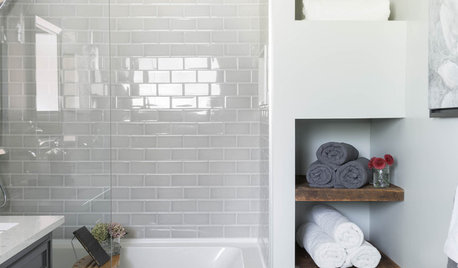
BATHROOM MAKEOVERSHouzz Call: Tell Us About Your Bathroom Remodel!
Did you recently redo your bath? Please tell us about your upgrade and what it took to get there
Full Story
FUN HOUZZHouzz Call: Tell Us About Your Dream House
Let your home fantasy loose — the sky's the limit, and we want to hear all about it
Full Story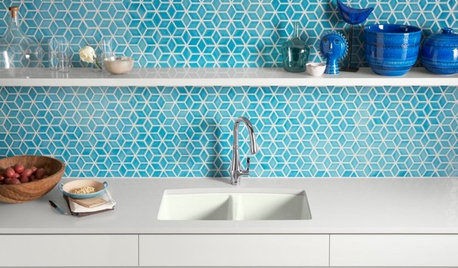
KITCHEN DESIGNKitchen Sinks: Enameled Cast Iron for Attractive Durability
Strong, shiny and sustainable, an enameled cast iron sink can bring character to your kitchen
Full Story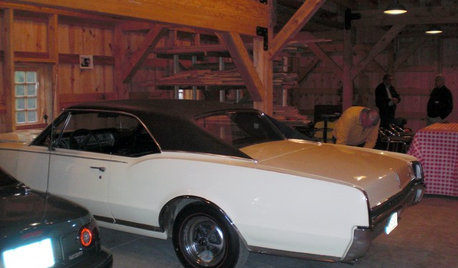
FEEL-GOOD HOMEGuys Tell Us About Their Favorite Places at Home
For Father’s Day, Houzz men show us the places in their homes where they like to hang out
Full Story
ARCHITECTURETell a Story With Design for a More Meaningful Home
Go beyond a home's bones to find the narrative at its heart, for a more rewarding experience
Full Story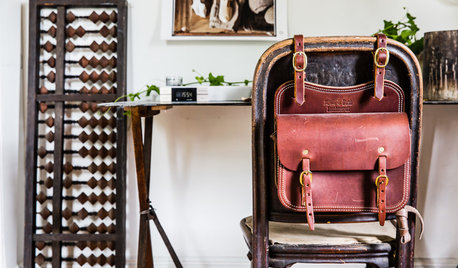
HOUZZ TOURSMy Houzz: Curiosities Tell a Story
An interiors stylist uses her house as a 3D timeline of her tales and travels
Full Story
KITCHEN DESIGNA Cook’s 6 Tips for Buying Kitchen Appliances
An avid home chef answers tricky questions about choosing the right oven, stovetop, vent hood and more
Full Story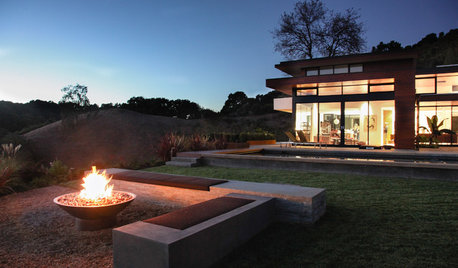
GARDENING AND LANDSCAPINGEco-Friendly Fire Pits: Casting Backyard Campfires in a New Light
Wood burning may be discouraged — even illegal in places — but that needn't mean forsaking the fire pit. Try one of these alternatives
Full Story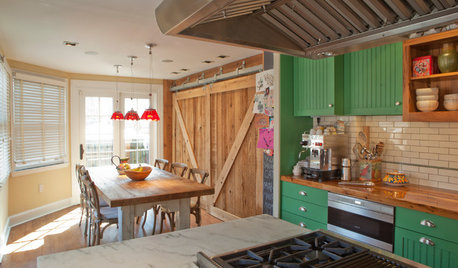
TASTEMAKERSPro Chefs Dish on Kitchens: How Marc Vetri Cooks at Home
Learn an Iron Chef's kitchen preferences on everything from flooring to ceiling lights — and the one element he didn't even think about
Full Story


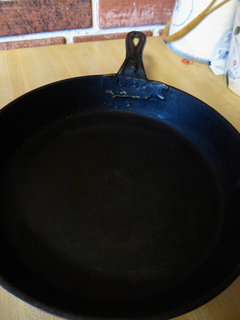
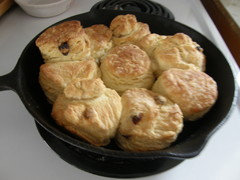
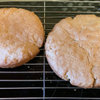
ci_lantro